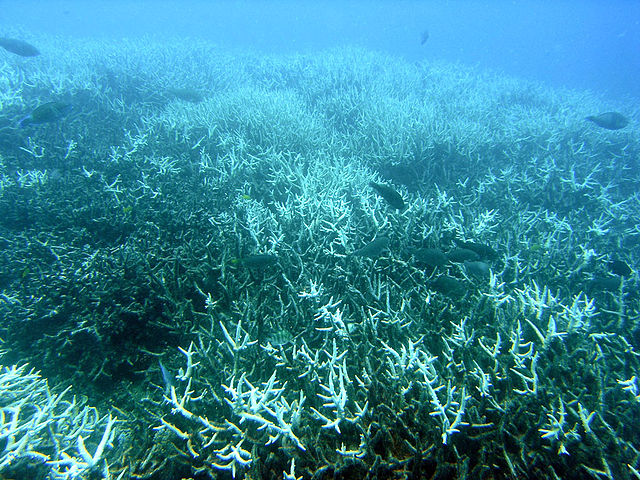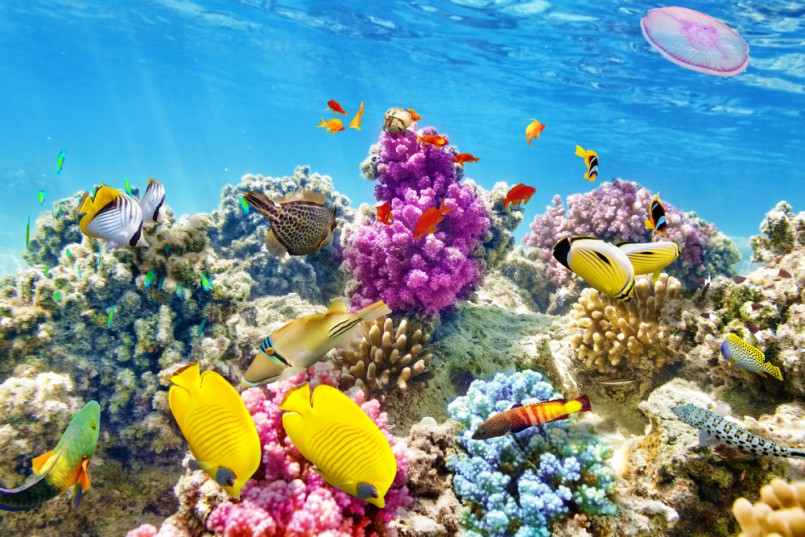Environment
Coral bleaching is out of control

Image: Wikipedia.org
Coral reefs have long been known as the rainforest of the sea. Though they are beautiful and home to thousands of marine animals, coral reefs have been under attack by their own environment. A result of global warming and human waste, corals are bleaching at a higher rate than ever before.
What even is coral bleaching?
When the water temperature of their environment becomes warmer, corals can “bleach.” The warmer temperature makes the coral stressed, so if it’s bad enough, the coral expels the algae (zooxanthellae) out of its tissues causing it to turn completely white. When a coral bleaches, it’s not totally dead. They can survive a bleaching event if conditions return back to normal, but while bleached, the coral is stressed and susceptible to more harm or death.
Why is this so bad?
Corals only cover 0.1% of the ocean floor, but they are home to 25% of marine fish species. They protect coasts from storms. They are popular destinations for scuba divers and snorkelers. They sustain the environment for food for a huge portion of the population. They are beautiful.
Here’s what they normally look like:

Image: Shutterstock/Brian Kinney
Corals are also very sensitive to the water’s temperature, only able to prosper in a small range. The extreme stress that the warm water causes forces the algae living inside to produce toxins, which are then expelled, creating the bleached color. Just like humans have weaker immune systems when they are under extreme stress, so do corals. They are more like us than we think!
Bleached coral can recover, sometimes
If the water temperatures return back to normal, the coral can recover or new polyps can come and repopulate the area. This takes time though. For example, in Seychelles, the coral reefs have taken about 15 years to recover from a previous bleaching event, and this area is even pretty sheltered from tourists and pollution. Areas that have a lot of human traffic and pollutants (like fertilizer and human waste run-off) take even longer to recover. The combination of global warming and human effects makes it really hard for coral to come back once they have bleached.
Check out this website for more information about how you can help coral reefs recover and thrive.





0 comments